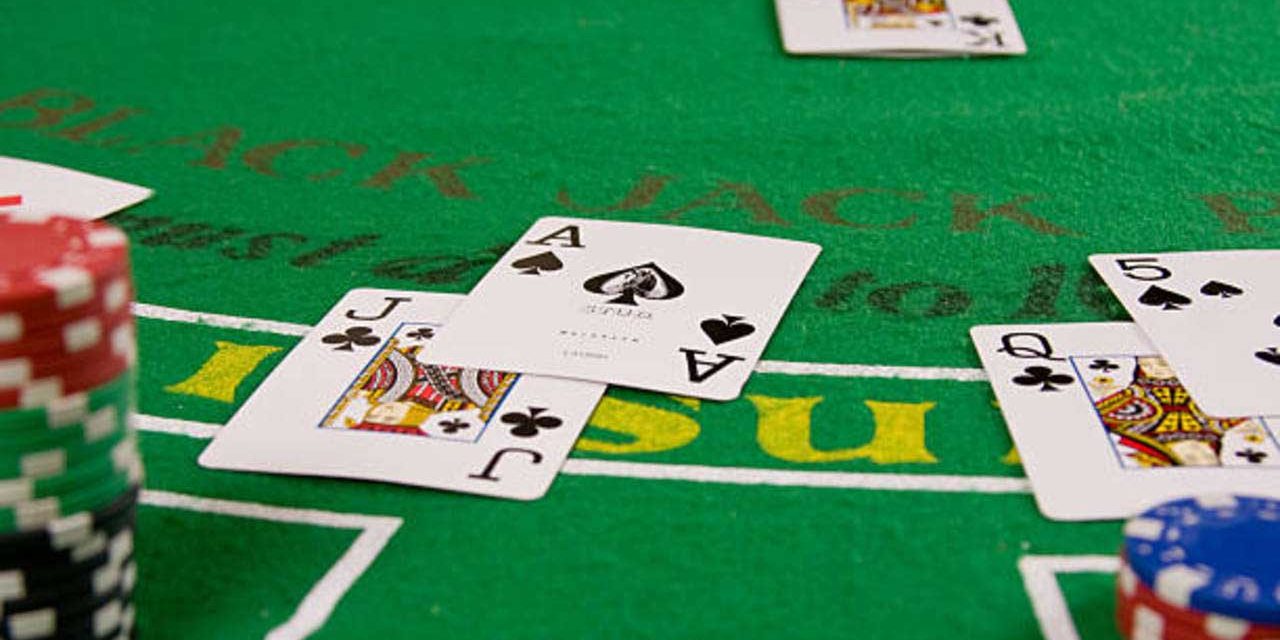Blackjack, Pontoon or 21. Call it what you will. The origins of the game are largely unknown, but it was first recorded in a similar form in 17th century France under the guise of “Vingt-et-un,” which is French for 21. The game remained popular in France and was brought to Europe and the Americas by French colonists and tourists to the New World.
At the same time, in Italy, a game called “Seven and a half” was being played. The goal of this game, which was played purely with picture cards and the 7, 8 and 9 cards, was to reach a total of seven and a half points. The 7, 8 and 9 cards were given a value of a point each, while picture cards were half a point.
The King of Diamonds could substitute any card. It was the forerunner of a wild card. When players went over seven and a half points they “busted”. Common belief is that the term “bust” in today’s Blackjack comes from this source.
The game gained a following in the US and kept the name 21 until gambling was outlawed in the 19th century by the US government. That didn’t put gamblers off playing though, as the activities went underground.
When Nevada made gambling legal in 1931, Blackjack was included in the range of games offered by the first casinos. To make a feature of it, casinos offered players a special bet: a hand that featured the Ace of Spades plus either of the black Jacks in the deck (the Jack of Clubs or the Jack of Spades) would pay 10 to 1 odds. This attracted a lot of players to the game, and is where the name Blackjack is said to originate from.
Nowadays, the game is known almost exclusively as Blackjack, certainly in casinos anyway. It’s a very popular game throughout the Western world, partly because of its simplicity and partly because it’s an exciting and fast paced game.



